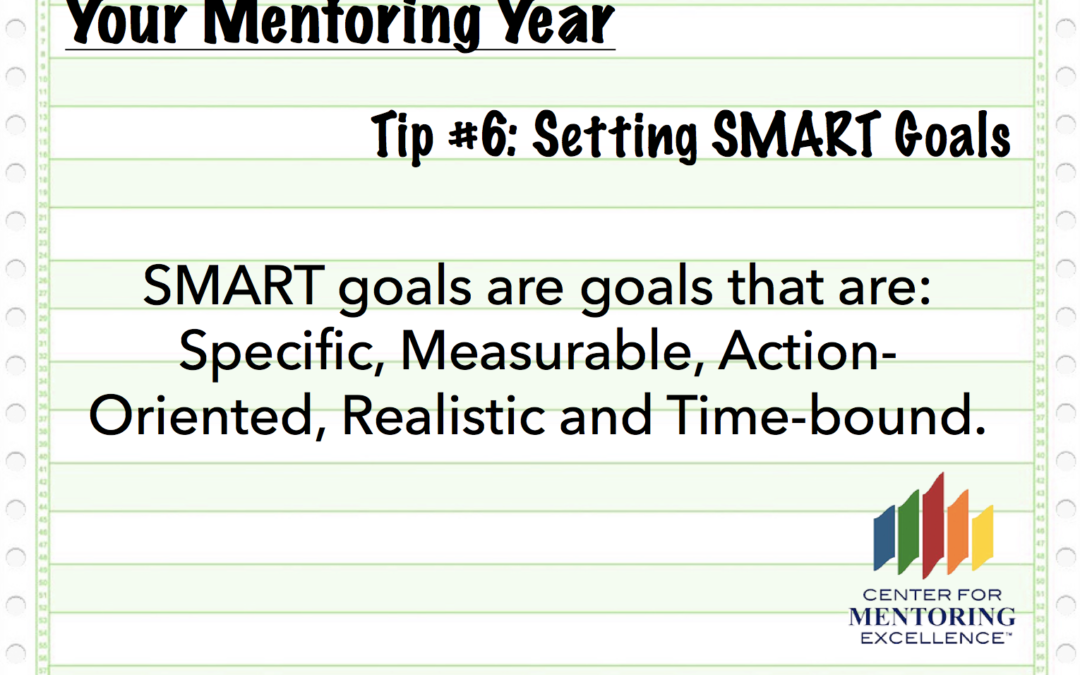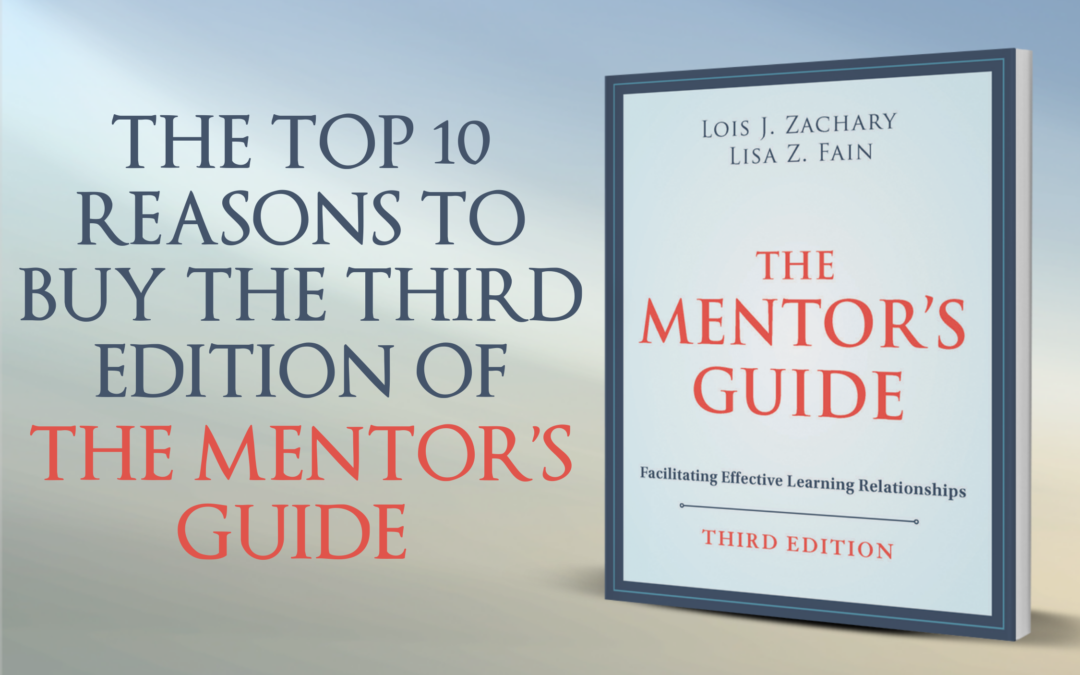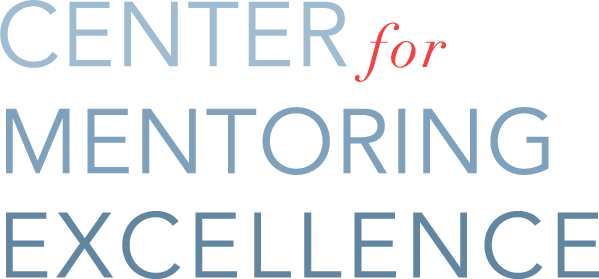
by Center for Mentoring Excellence | Sep 5, 2017 | Goal Setting Conversation, Growth and Development, Making Mentoring Work For You, Mentoring Communication, Mentoring Questions, Mentoring Relationships, Mentoring Training, Supporting Mentors and Mentees
Last month, we offered some tips about how to set starter goals. As we noted then, the key to exploring starter goals is to get to the heart of the learning need and create specificity around your desired outcome. This month, let’s discuss how to turn starter goals into the kind of goals that help mentees achieve their mentoring objectives — we call these goals “SMART goals.”
SMART goals are goals that are: Specific, Measurable, Action-Oriented, Realistic and Time-bound.
How to create a SMART goal:
- Ask questions to really understand your mentee’s desired outcome. The best way to create SMART mentoring goals is through conversation. Together with your mentee, take a look at the starter goal you created. Make sure you are clear on what success looks like. Be as specific as possible, and drill down until you come up with a way to measure success. Ask: “How will we know if you achieved it?” “What will success look like?” “What will be different when you achieve this goal?”
- Encourage action rather than contemplation. Mentors help mentees create action-focused goals by reminding them that clarity comes from engagement, not thought. Too often we see mentees set goals that start with “I will think about” or “I will explore” or “I will learn.” SMART goals have action words and should answer the question: “What will you DO?”
- Provide a reality check. SMART goals are realistic. Help your mentees set realistic milestones that link to a larger goal. That will keep them motivated and create enthusiasm for further progress. Ask “What are the obstacles to your success?” and “On a scale of 1 to 10, how confident are you that you can overcome those obstacles?” For anything less than an 8, work with your mentee to identify and anticipate obstacles. If obstacles can be overcome, create learning around that. If they cannot, create a more realistic goal.
- Set a deadline. Too often, development goals languish because they feel important but not urgent. Having time-bound goals helps measure progress, create a sense of urgency, generate momentum and provide natural check-in points along the way. Set a date by which the goal should be achieved, and continually track progress towards that date. It’s perfectly appropriate — even, at times, encouraged — for a mentee to choose a lofty goal that will really propel them forward. But unless that goal is broken down into smaller steps, your mentee may get fatigued or burned out. Set timelines for milestones along the way.
How have you used SMART goals in your mentoring relationship?
by Center for Mentoring Excellence | May 5, 2013 | Uncategorized
Mentoring relationships are innately goal-centered partnerships. They are indispensable to the work of mentoring. Goals focus the work of mentoring, enable mentee growth and development, and, ultimately, determine the success of the relationship. Setting SMART —... 
by Center for Mentoring Excellence | Sep 30, 2022
Services Speaking Are you looking for a speaker to motivate, inspire and educate your group? Our CEO, Lisa Fain, is a global speaker and an expert of mentoring, who creates and delivers engaging keynotes that combine the power of story with evidence-based research and... 
by Lisa Z. Fain | May 8, 2022 | Uncategorized
Major Changes to the 3rd Edition
Major Changes to the Third Edition
Since the first edition appeared in 2000, interest in and knowledge about adult learning and development has grown exponentially. We now recognize that adult learning is more than a cognitive process; it is a multidimensional phenomenon. The uniqueness of the adult learner has been accentuated over the last decade as we continue to learn about more the complexities of the brain, multiple types of intelligence, and our emotional selves. All of this has meant fundamental changes for mentoring, and for this guide. Among the major changes:
- A full two chapters are now devoted to the importance of context and connecting in mentoring, including an exploration of the context of difference and the context of how people come together to connect with one another in the relationship.
- Conversation between mentors and mentees are drawn from actual mentoring experiences in a variety of situations, including business, government, nonprofit, and higher education, and reflect the diversity of the global workplace.
- There is more discussion and emphasis on mentoring relationships embedded in context including a consideration of the context of other differences—sexual orientation, gender, and race—in the mentoring relationship, with many examples
- The chapter on the context of connection has been expanded to include physical, virtual, and personal context, with special attention to how virtual mentoring connections offer new ways to create and enhance positive mentoring relationships.
- The section on mentoring matches addresses seeking, selecting and evaluating a potential mentoring relationship.
- Additional examples have been included along with an enhanced mentor skills list and updated approaches for starting your mentoring relationship.
- The goal setting process has been expanded from SMART goals to SMARTer goals, adding to the specificity and measurability of the process.
- There is an enhanced conversation guide to help mentors evaluate mentee learning goals, full consideration of emotional triggers that impact mentoring and guidance for co-creating your mentoring partnership
- Includes more emphasis on trust, including the dynamics of self-trust and interpersonal trust
- Includes updated and enhanced content on feedback including how to get back on track when stumbling blocks get in the way. Explores the dynamics of the feedback process with many more examples and a feedback checklist for mentors.
by Center for Mentoring Excellence | May 4, 2019
Our Mission Achieve better business results through mentoring excellence. The Center for Mentoring Excellence®, a division of Leadership Development Services LLC, founded by the late Dr. Lois J. Zachary, provides comprehensive solutions to promote mentoring through...




